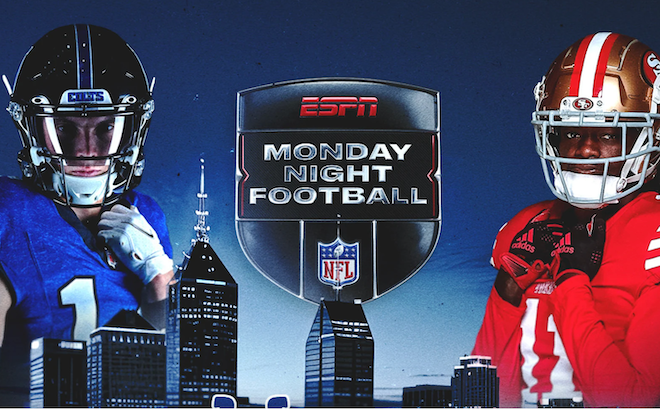In one sense, marketing ROI is a matter of relatively simple math. The perform-or-die pressure of proving marketing ROI can cause the collective shoulders of a company’s marketing team to tense up. But in reality, marketing ROI is relatively simple math.
Chief Marketer recently spoke with Jim Lenskold—president of the Lenskold Group marketing consultancy and a member of the B2B LeadsCon advisory board—to get his thoughts on the best ways to measure marketing ROI, the growing interest in social ROI and why it’s all about improving (not proving) marketing performance.
“Many marketers get concerned that ROI is a pass/fail metric that will eliminate any marketing initiative that does not generate the required financial return,” he says. “But it is really an ongoing improvement process that helps identify how changes to strategic decisions—such as targeting, offers or integration of diverse tactics—can better impact purchase decisions and long-term customer value.”
CHIEF MARKETER: How has the meaning of marketing ROI changed over the years?
LENSKOLD: While the definition of ROI has not changed, the marketing community now has a better understanding that this is a financial metric that helps guide marketing strategies and tactics to deliver greater sales, revenue and profits.
CM: When a marketer wants to improve their ROI, what’s the first thing to consider?
LENSKOLD: First you need to understand the marketing strategy and how that is intended to influence sales and financial outcomes. [You need to] establish a clear connection between a marketing contact and the purchase decision. Then it is easier to determine the measurement approach and access the actual impact of marketing.
CM: How do you begin this process?
LENSKOLD: The first step should generate new insights into financial contribution and support improvement in performance. This could include running basic ROI scenarios to improve the profit potential of upcoming campaigns or putting basic measurements in place to identify higher-performing campaigns. This will help build momentum to support higher levels of ROI measurements.
CM: What are the biggest mistakes companies make when trying to calculate marketing ROI?
LENSKOLD: The two key areas to watch for are having an accurate ROI calculation and establishing standard practices to measure and support decisions on a consistent basis. Return on investment is a financial metric that assesses the net profit relative to the investment, and marketing gains more credibility when the finance team buys into the calculation. Standard practices also build credibility when the marketing organization consistently demonstrates a commitment to reallocate budget to higher-performing marketing initiatives.
CM: What are the most important metrics to consider?
LENSKOLD: ROI is driven by three primary metrics, incremental sales, the average profit per customer (or per sale) and the cost per sale. Other metrics provide valuable insight and can be aligned to ROI based on the relationship to one or more of those three. In fact, today’s marketers need to pay more attention to measuring the average profit per customer, since that can be an overlooked outcome of more robust content marketing and nurturing.
CM: How early in the process should you start considering ROI?
LENSKOLD: There is a lot of value in running ROI scenarios in the planning stage to improve the profit potential of upcoming campaigns. Seeing the marketing spend relative to the expected financial outcomes will identify the critical success factors in the campaign plan and also identify what should be measured.
CM: How are you seeing marketers measuring social media ROI?
LENSKOLD: There is definitely interest in social media ROI, but it tends to be a lower priority since it typically represents such as small portion of the marketing budget. The challenge with social is measuring the impact on purchase decisions. We’ve run modeling measurements for clients that assess the sales contribution from all marketing channels, including social media. In some cases, a solid strategy and the relatively low cost of the channel can take some pressure off measuring ROI. But it is still valuable to map out the intended outcomes to understand how and when social media marketing will influence purchase decisions.
CM: Are there any trends in ROI measurement you’re seeing?
LENSKOLD: Marketing automation has introduced more detailed data on buyer behaviors, bringing new insights into nurturing and engagement marketing. The benefit has been an improvement in tracking campaign outcomes. But these are very tactical measures. We’re seeing an emerging interest in deeper analytics of this rich data set to better understand more strategic outcomes such as optimizing multi-touch engagement and improving integration across the path to purchase.
B2B LeadsCon is scheduled for August 14-15 in New York. For more information on the event, click here.



